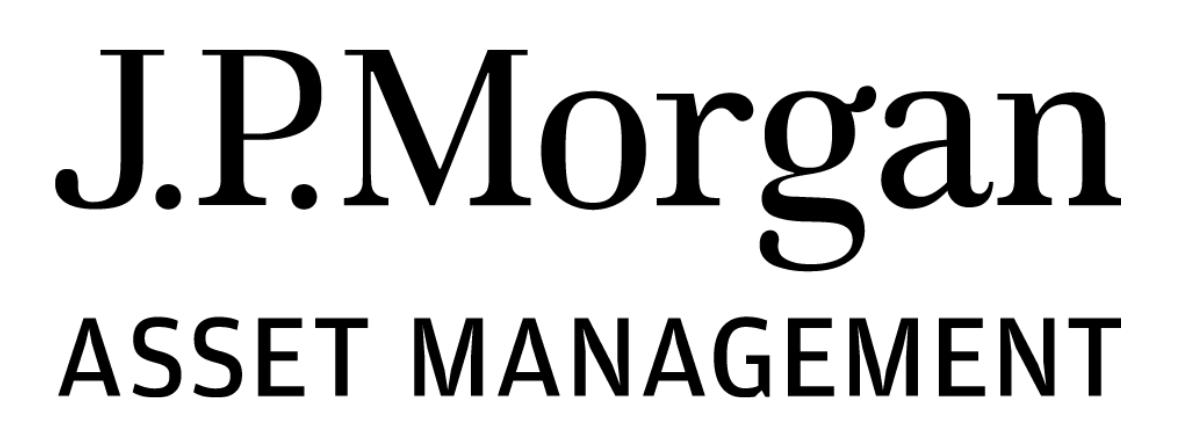Almost 30% of European institutional investors 'considering' active ETFs are already using them, according to a survey conducted by JP Morgan Asset Management (JPMAM) and Research in Finance.
Uptake has been highest Italy, France and Germany, with adoption in the UK lagging behind.
Of the 70 fund selectors from 12 European countries interviewed for the study, including investors from pension schemes, insurers and foundations, 27% were ‘early adopters’ of active ETFs, 37% were active ETF ‘optimists’ and the remaining 37% were ‘sceptics'.
Investors not considering active ETFs at all were excluded from the research.
The report said optimists “see potential in active ETFs, particularly in fixed income, but are waiting for clearer performance data and broader product ranges before they take the plunge.”
Meanwhile sceptics, although still considering the products, have “doubts whether active ETFs justify their costs, citing concerns over complexity, lack of transparency, and unpredictable alpha generation.”
According to the findings, a key hurdle to active ETF adoption was the low cost and simplicity of passive ETFs, with regulatory issues also inhibiting uptake. The study also found a “lack of interest” in intraday liquidity.
Confusion also remains a significant barrier to adoption as many investors “struggle to distinguish active ETFs from smart beta or passive ETFs” – something ETF Stream has covered with respect to JPMAM’s own products.
Travis Spence, however, global head of ETFs at JPMAM, described the results as “encouraging”.
“We expect institutional investor adoption to increase in the coming years as active ETF track records mature and scale is achieved,” he added
JPMAM’s European active ETF range housed $31bn in assets under management as of the end of 2024 – a market share of 55%, according to data from Morningstar Direct.



